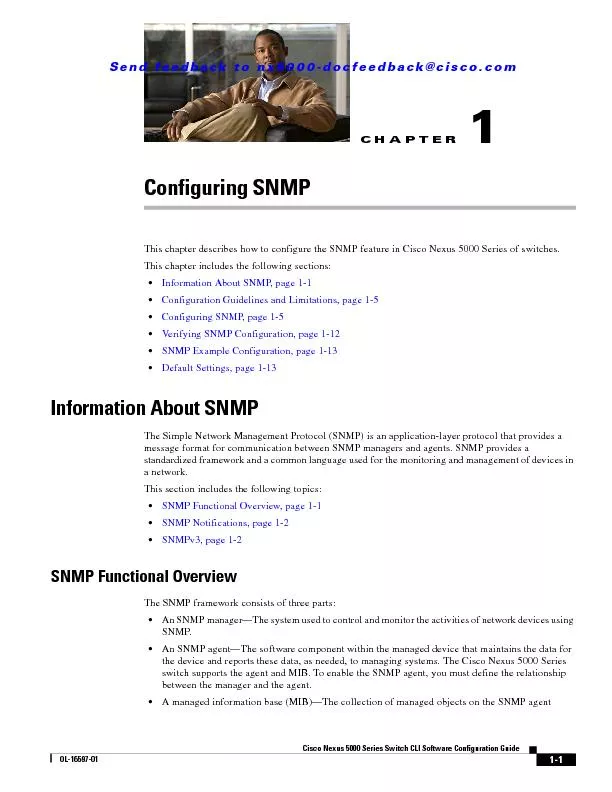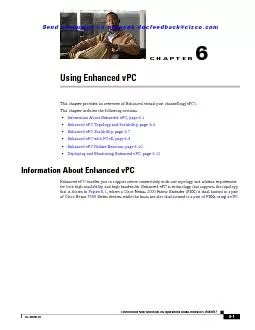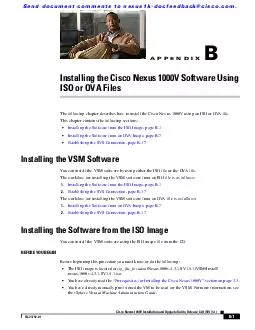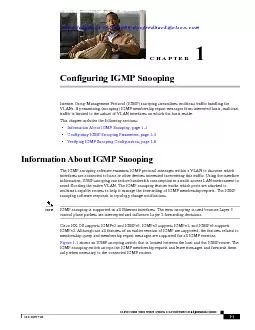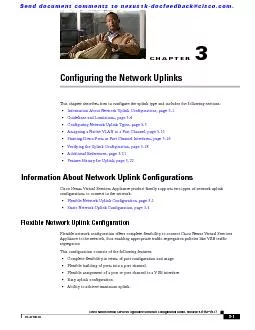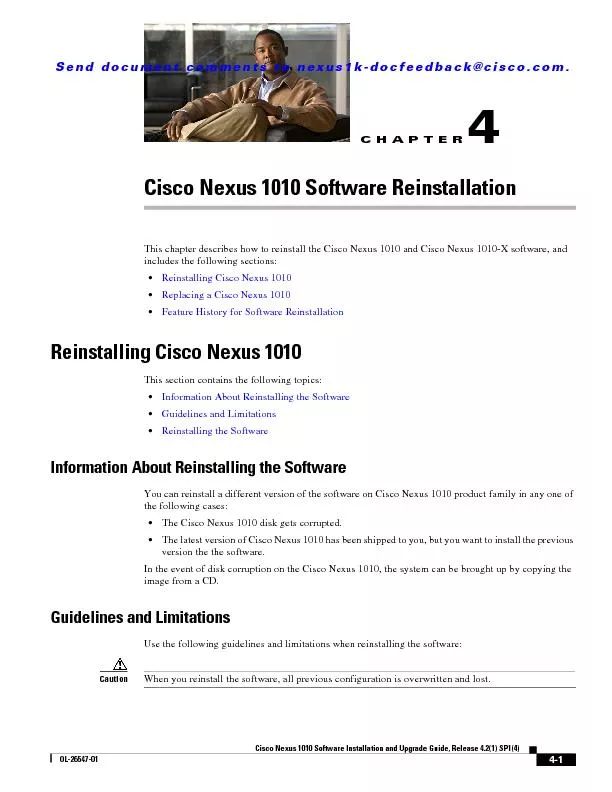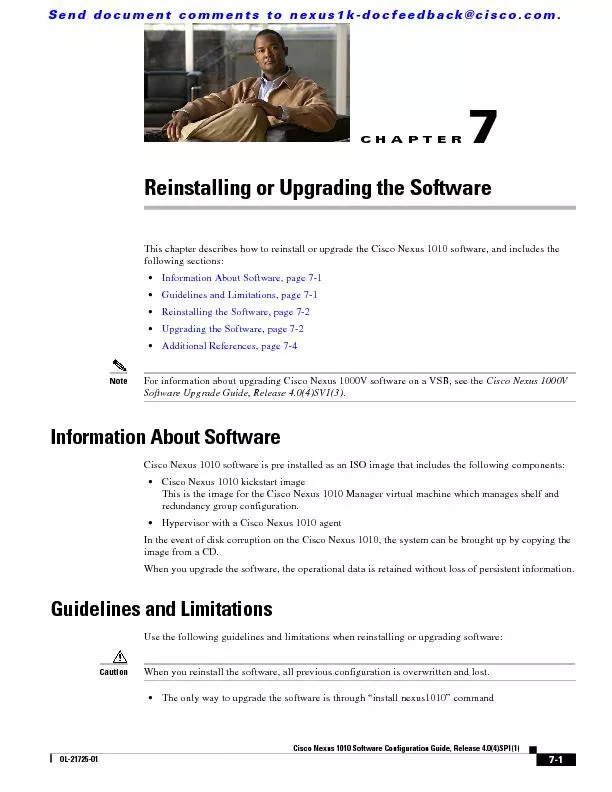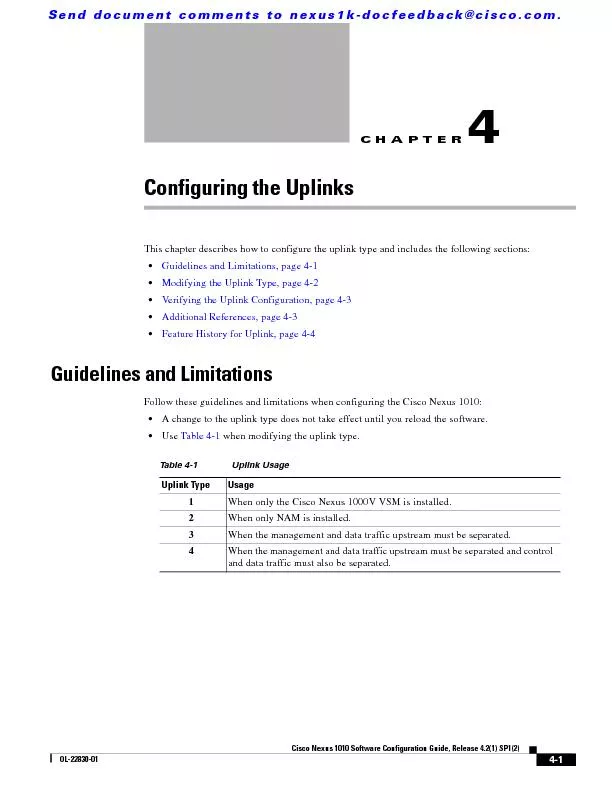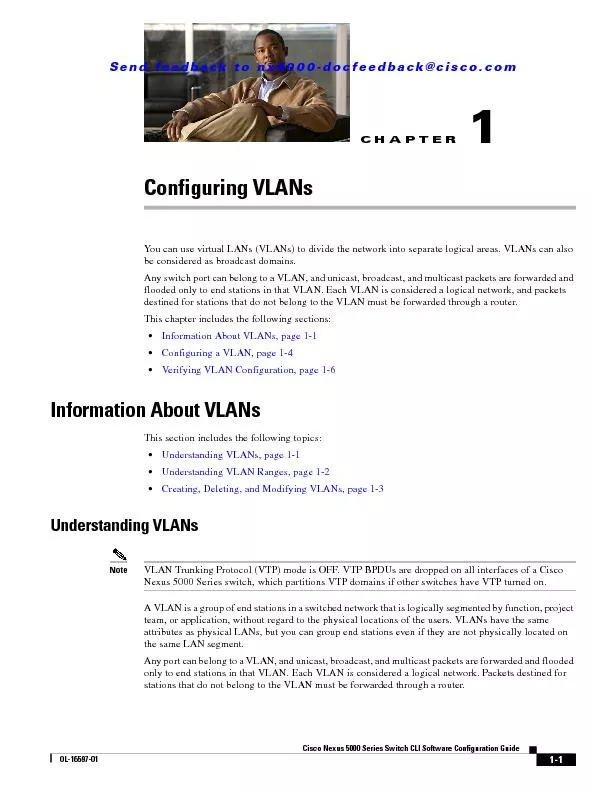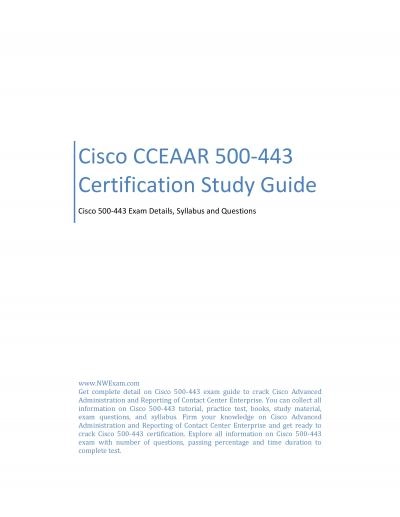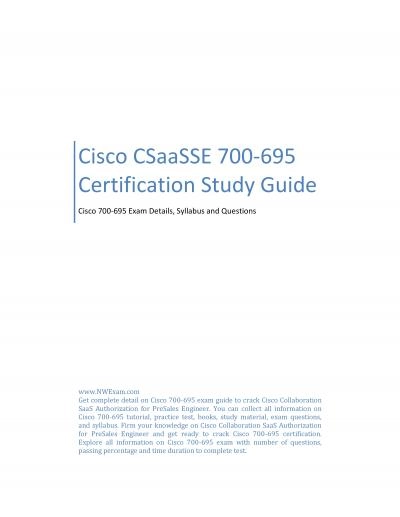PDF-Send feedback to nx5000-docfeedback@cisco.com
Author : yoshiko-marsland | Published Date : 2016-11-04
12 Cisco Nexus 5000 Series Switch CLI Software Configuration GuideOL1659701 Chapter1 Configuring SNMP SNMP is defined in RFCs 3411 to 34180 NoteCisco NXOS does not
Presentation Embed Code
Download Presentation
Download Presentation The PPT/PDF document "Send feedback to nx5000-docfeedback@cisc..." is the property of its rightful owner. Permission is granted to download and print the materials on this website for personal, non-commercial use only, and to display it on your personal computer provided you do not modify the materials and that you retain all copyright notices contained in the materials. By downloading content from our website, you accept the terms of this agreement.
Send feedback to nx5000-docfeedback@cisco.com: Transcript
12 Cisco Nexus 5000 Series Switch CLI Software Configuration GuideOL1659701 Chapter1 Configuring SNMP SNMP is defined in RFCs 3411 to 34180 NoteCisco NXOS does not support SNMP sets for Ethe. All rights reserved Cisco and the Cisco logo are trademarks or registered trademarks of Cisco andor its affiliates in the US and other countries To view a list of Cisco trademarks go to this URL wwwciscocomgotrademarks Thirdparty trademarks mentione 6-1 Cisco Nexus 5000 Series NX-OS Operations Guide, Release 5.1(3)N1(1)OL-26596-01 This chapter provides an overview of Enhanced virtual port channelling(vPC). This chapter includes the following sect Cisco Nexus 1000V Installation and Upgrade Guide, Release 4.2(1)SV1(5.1)OL-25792-01APPENDIX Installing the Cisco Nexus 1000V Software Using The following chapter describes how to install the Cisco Ne 1-2 Cisco Nexus 5000 Series Switch CLI Software Configuration GuideOL-16597-01 Chapter1 Configuring IGMP Snooping Figure1-1IGMP Snooping Switch NoteThe switch supports IGMPv3 snooping based only 3-2 Cisco Nexus Virtual Services Appliance Software Configuration Guide, Release 4.2(1)SP1(5.1)OL-27730-01 Chapter 3 Configuring the Network Uplinks k Uplink Configurations The default flexible n 4-1 Cisco Nexus 1010 Software Installation and Upgrade Guide, Release 4.2(1) SP1(4)OL-26547-01 This chapter describes how to reinstall the Cisco Nexus 1010 and Cisco Nexus 1010-X software, and include Cisco Nexus 1010 Software Configuration Guide, Release 4.0(4)SP1(1)OL-21725-01 This chapter describes how to reinstall or upgrade the Cisco Nexus 1010 software, and includes the following sections:Inf Cisco Nexus 1010 Software Configuration Guide, Release 4.2(1) SP1(2)OL-22830-01 This chapter describes how to configure the uplink type and includes the following sections:Guidelines and Limitations, 1-2 Cisco Nexus 5000 Series Switch CLI Software Configuration GuideOL-16597-01 Chapter1 Configuring VLANsInformation About VLANs Figure1-1 shows VLANs as logical networks. In this diagram, the st 1.2 & 2.0 . Agenda. 1. 2. 3. 4. Cisco Prime Infrastructure Vision, Strategy and Roadmap. Cisco Prime Infrastructure Migration and . Licensing. Cisco Prime . Infrastructure 2.0 . Feature Highlights. kindly visit us at www.examsdump.com. Prepare your certification exams with real time Certification Questions & Answers verified by experienced professionals! We make your certification journey easier as we provide you learning materials to help you to pass your exams from the first try. Professionally researched by Certified Trainers,our preparation materials contribute to industryshighest-99.6% pass rate among our customers. at CES 2017. January 31, 2017. Adam Davies, Yoav Schreiber. Convergence. Screen technology. Voice Control. Automotive. VR/AR. Video Trends @ CES 2017. Consumers will . demand great image quality. Expectation that everything will be . Get complete detail on Cisco 500-443 exam guide to crack Cisco Advanced Administration and Reporting of Contact Center Enterprise. You can collect all information on Cisco 500-443 tutorial, practice test, books, study material, exam questions, and syllabus. Firm your knowledge on Cisco Advanced Administration and Reporting of Contact Center Enterprise and get ready to crack Cisco 500-443 certification. Explore all information on Cisco 500-443 exam with number of questions, passing percentage and time duration to complete test. Get complete detail on Cisco 700-695 exam guide to crack Cisco Collaboration SaaS Authorization for PreSales Engineer. You can collect all information on Cisco 700-695 tutorial, practice test, books, study material, exam questions, and syllabus. Firm your knowledge on Cisco Collaboration SaaS Authorization for PreSales Engineer and get ready to crack Cisco 700-695 certification. Explore all information on Cisco 700-695 exam with number of questions, passing percentage and time duration to complete test.
Download Document
Here is the link to download the presentation.
"Send feedback to nx5000-docfeedback@cisco.com"The content belongs to its owner. You may download and print it for personal use, without modification, and keep all copyright notices. By downloading, you agree to these terms.
Related Documents

